NEW MEXICO'S NATIONAL MONUMENTS AT RISK: A Photo Essay
Text & Photos: Justin Lotak · 4 min read
Rio Grande winding its way through its namesake Rio Grande del Norte National Monument in New Mexico (photo by Andreea Lotak)
The 496,330-acre Organ Mountains-Desert Peaks National Monument surrounding the city of Las Cruces, and the 242,455-acre Rio Grande del Norte National Monument near the city of Taos are the two national monuments in New Mexico being reviewed by the current presidential administration to determine whether their size or land use should be changed. These public lands contain a wealth of unique landscapes and biodiversity, not to mention recreational opportunities such as hiking, rafting, fishing, and camping. Below are a few images to take you to these special places in the southwest that deserve continued protection.
roundtail horned lizard (Phrynosoma modestum)
A roundtail horned lizard at Organ Mountains-Desert Peaks NM observing us as we observe it.
taos plateau
Sunset over the sagebrush plains of the Taos Plateau volcanic field at Rio Grande del Norte National Monument, New Mexico.
Anasazi Skipper (Ochlodes yuma anasazi)
This small butterfly, called the Anasazi Skipper, is subspecies of butterfly discovered in the early 80s and known to be endemic to the wetlands that surround the Rio Grande river in Rio Grande del Norte National Monument.
Kilbourne hole national natural landmark
Kilbourne Hole, in the Organ Mountains - Desert Peaks NM. This large crater, at about 2 miles in diameter, is an example of a volcanic crater without a mountainous rim, and is part of the Potrillo volcanic field. It is estimated that the age of the crater is between 24,000 and 80,000 years, and it was here where astronauts trained for the Apollo 12-17 missions to the moon.
black-tailed jackrabbit (Lepus californicus)
A black-tailed jackrabbit in Organ Mountains - Desert Peaks National Monument. Also called American desert hares, these jackrabbits feed on a variety of plants and tend to obtain their water from them. They can run at speeds of 30mph, which is needed when evading predators such as coyote, fox, bobcat and several species of birds of prey.
Eastern Sand Scorpion (Paruroctonus utahensis)
What appears to be a eastern sand scorpion visiting our campsite in Organ Mountains - Desert Peaks National Monument.
Tule bluet (Enallagma carunculatum)
Tule bluet, a species of damselfly, in Rio Grande del Norte National Monument.
rio grande del norte
The Rio Grande Gorge, flowing through the Rio Grande del Norte National Monument. This gorge was actually formed as part of the Rio Grande Rift, but has been also carved by water over the years. If you cannot see the brown and rainbow trout, you'll just have to go there yourself.
regal horned lizard (Phrynosoma solare)
A regal horned lizard at the Organ Mountains - Desert Peaks National Monument. It is common to see various lizards running across the trail when hiking, but not all are the same; this small palm-sized horned lizard has an interesting defense mechanism: if its intimidating presence does not deter the predator, it can shoot blood from its eyes, up to 4 feet away!
organ mountains-desert peaks
The grasslands and mesquite and creosote desert shrubs of Organ Mountains - Desert Peaks National Monument, with the distant Organ Mountain range in the distance. The national monument has three sections that surround the city of Las Cruces, and each has its own unique landscapes. This photo was taken in the southern section, which contains features such as the Kilbourne Hole and the Aden Lava Flow.
Walking through the 'Desert Peaks' portion of New Mexico's Organ Mountains-Desert Peaks National Monument. Recent rains brought out the green in the otherwise dry hillsides.
Southwestern Earless Lizard (Cophosaurus texanus scitulus)
Southwestern Earless Lizard at the Organ Mountains - Desert Peaks National Monument.
One of the great things about visiting protected areas in other parts of the world are the small differences, such as this beautiful wasp at Organ Mountains - Desert Peaks NM. Stopping and observing the tiny insect life around you can help one appreciate nature's great diversity.
drippring springs area in the organ mountains
New Mexico's Organ Mountains. This beautiful mountain range, visible from anywhere in the city of Las Cruces, offers camping and hiking opportunities, and is easily accessible.
Looks to be a Mormon Fritillary, Speyeria mormonia (though its range does not seem to extend to southern New Mexico - please comment below if you can confirm the species), in Organ Mountains - Desert Peaks National Monument.
plains lubber grasshopper (Brachystola magna)
A plains lubber grasshopper also known as the "Homesteader", resides in areas throughout most of the central and southern Great Plains of the US and Mexico, but in different color patterns. They are omnivorous, mostly feeding on sunflowers and other plants, though they have been known to eat carrion and other insects.
ute mountain rising from the taos plateau
Ute Mountain in Rio Grande del Norte National Monument. This 10,093 foot peak stands alone above the sagebrush along the northern border of New Mexico, providing views of the Rio Grande Gorge below. It is the highest point within New Mexico's BLM lands.


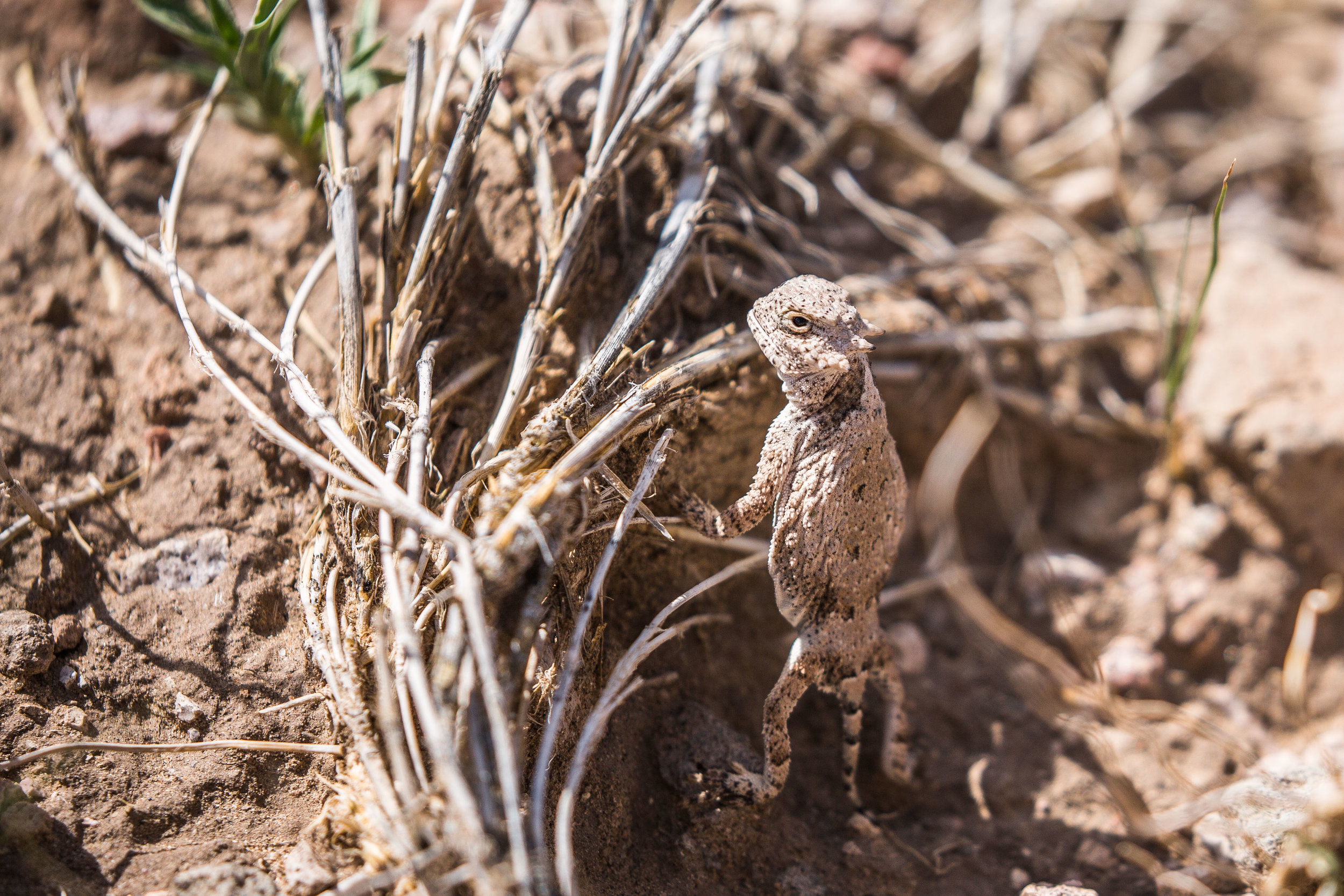












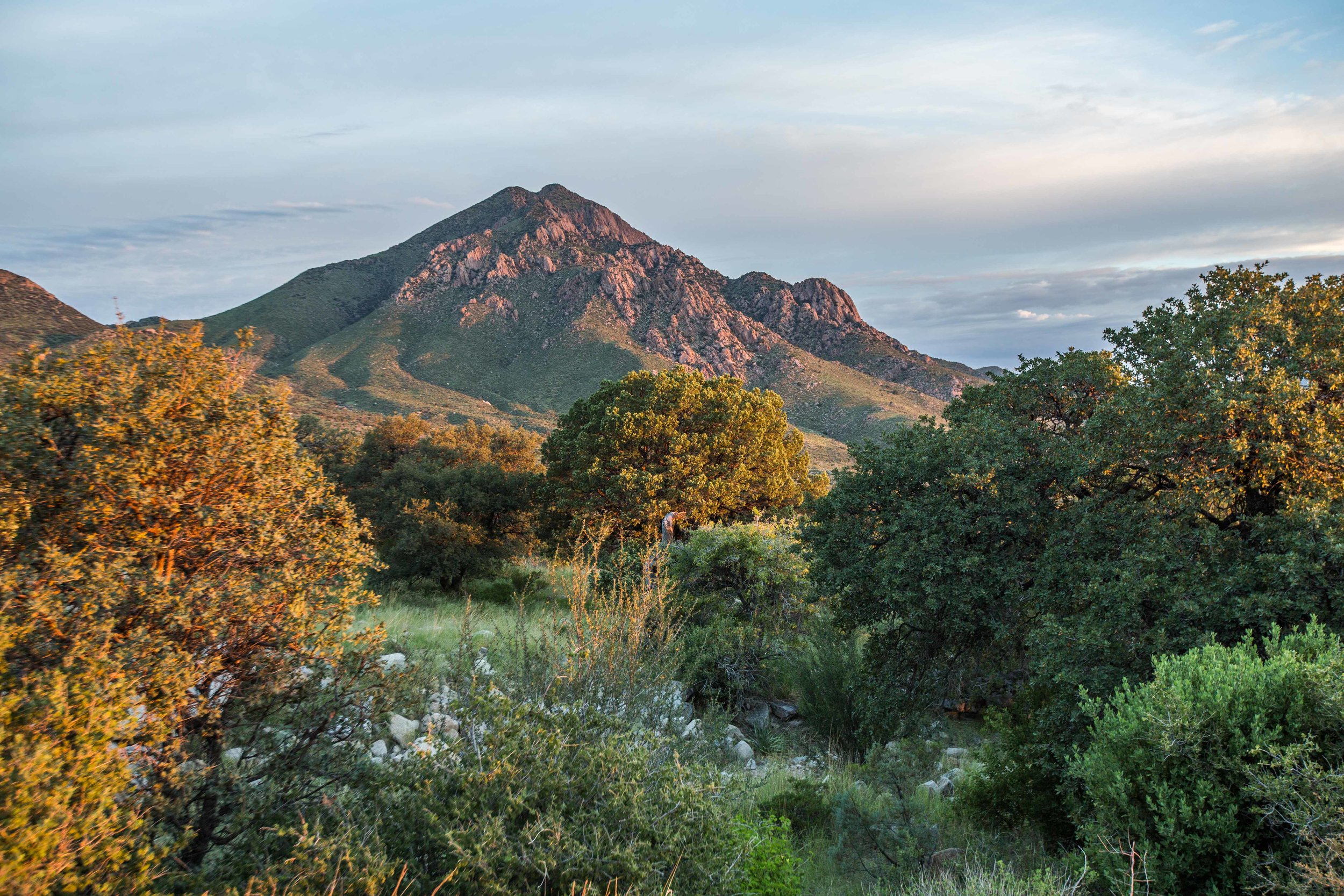




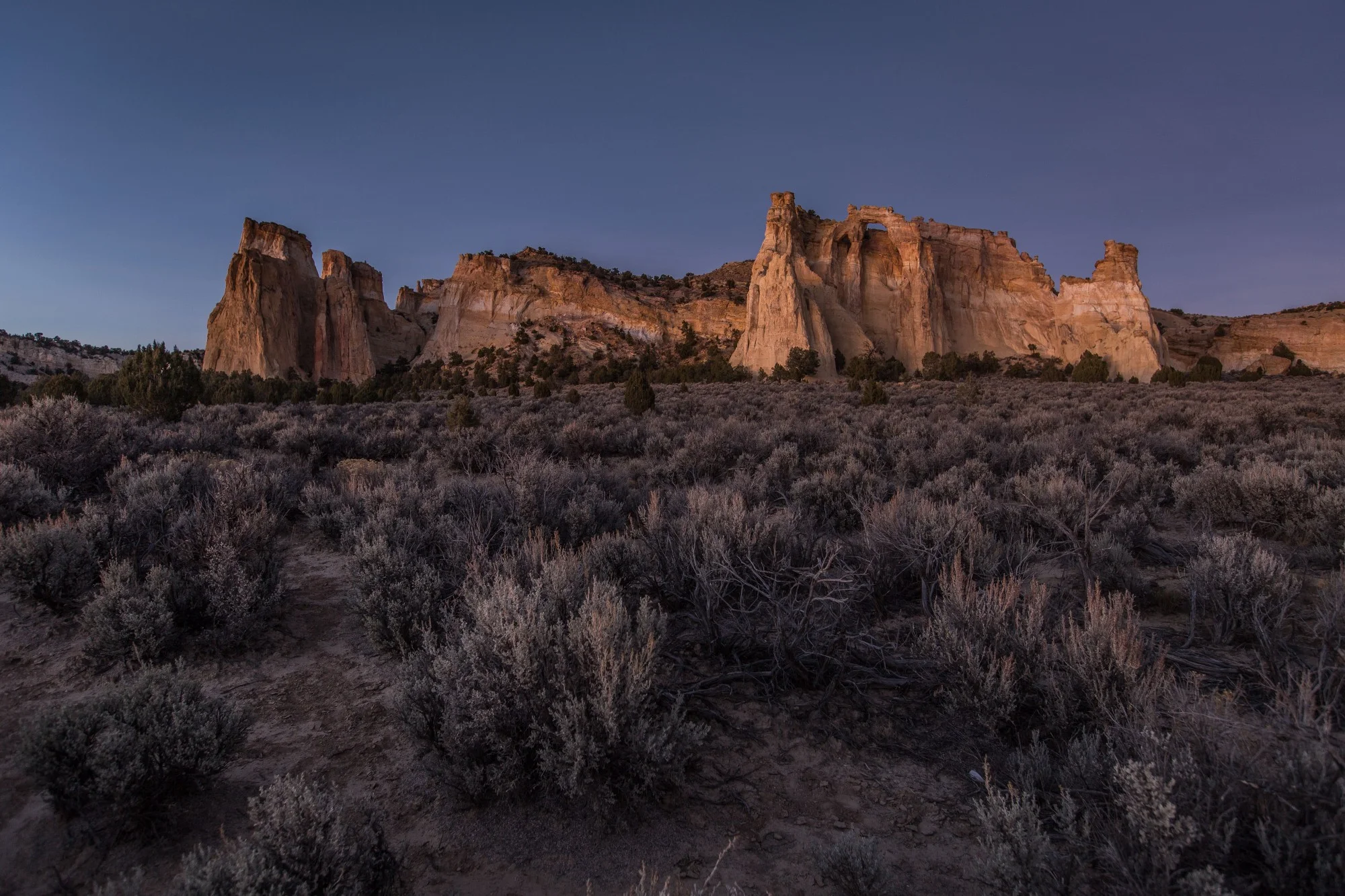
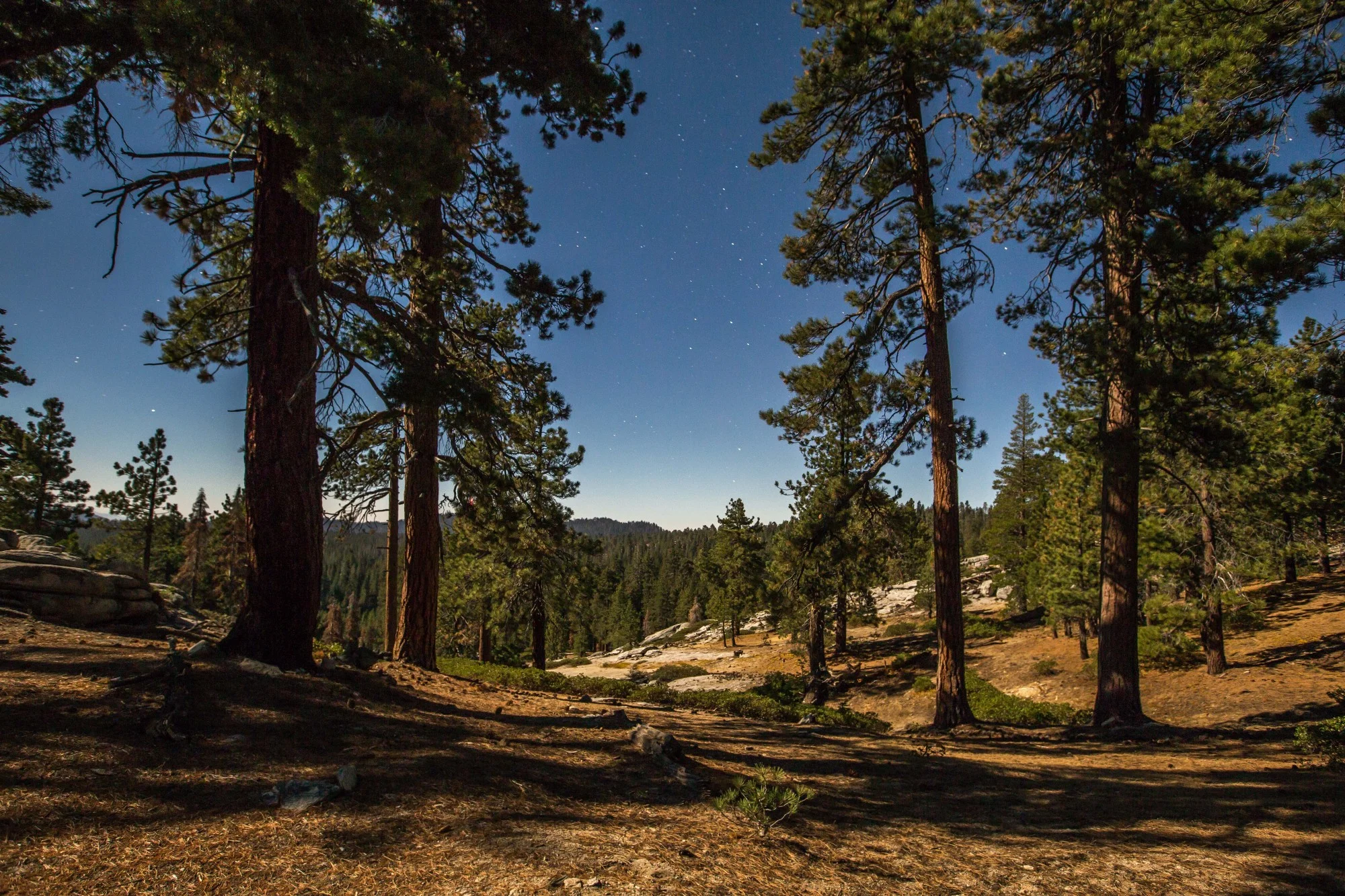

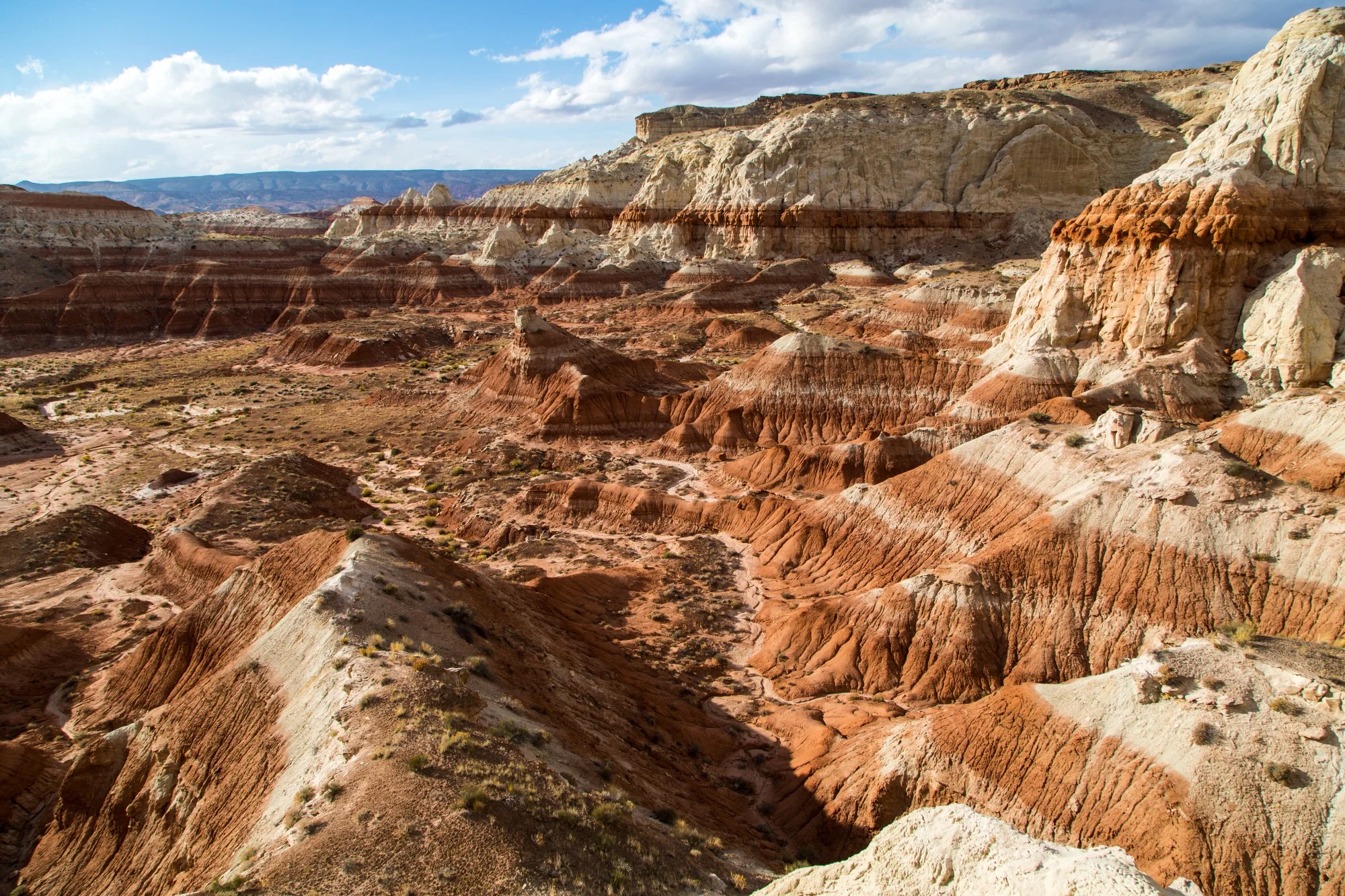




To date, President Joe Biden has designated five national monuments since coming to office in 2021. Here we take a look at four of those five national monuments that had a land conservation element, and what might be on the slate before the end of his first term.